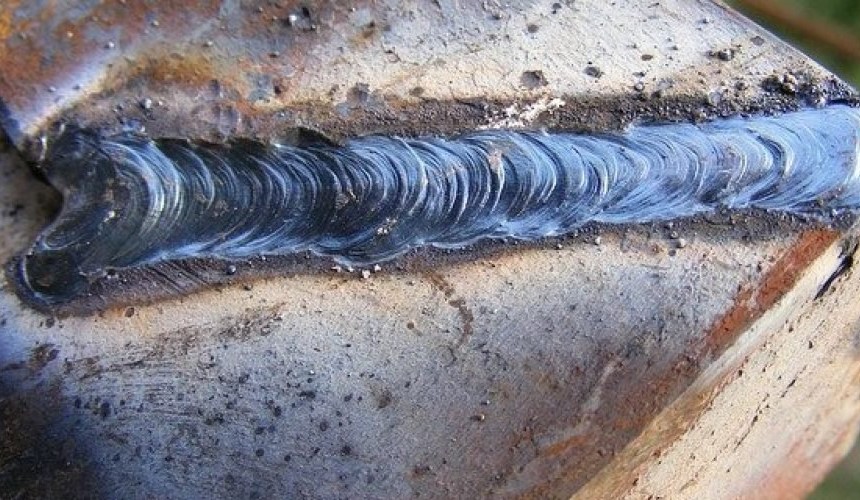Mastering the Art of Welding: How to Stay Clear Of Undercut Welding Issues for Flawless Construction Outcomes
By understanding the root triggers of undercut welding and implementing effective methods to avoid it, welders can boost their craft to new levels of excellence. In the quest of remarkable fabrication results, understanding the art of welding to prevent undercut issues is not just an ability however a necessity for those striving for perfection in their job.
Recognizing Undercut Welding

To protect against undercut welding, welders should guarantee correct welding criteria, such as changing the current, voltage, traveling speed, and maintaining the right electrode angle. In addition, utilizing the ideal welding technique for the specific joint arrangement is vital. Employing weaving activities or backstepping techniques can help guarantee correct weld steel deposition and decrease the possibility of undercut development. Normal evaluation of welds during and after the welding process is also important to capture any type of undercut very early and make needed modifications to prevent more defects. Preventing weld undercut. By comprehending the reasons for undercut welding and implementing safety nets, welders can attain high-grade, structurally audio welds.
Causes of Undercut in Welding
Recognizing the variables that contribute to damage in welding is vital for welders to generate top quality, structurally audio welds. Inadequate welding present or incorrect welding speed can additionally add to undercut. Comprehending these reasons and carrying out appropriate welding strategies can assist avoid damaging problems, guaranteeing solid and durable welds.
Strategies to stop Undercutting

To reduce the danger of damaging in welding, welders can use calculated welding techniques targeted at enhancing the top quality and honesty of the weld joints. One reliable method is to change the welding parameters, such as voltage, existing, and take a trip rate, to make certain correct warm input and deposition. Keeping an ideal electrode angle and making sure regular traveling rate can likewise help protect against undercut. In addition, making use visit the website of the proper welding method for the certain joint setup, such as weave or stringer grains, can add to lowering damaging. Preventing weld undercut.
Additionally, correct joint preparation, consisting of guaranteeing tidy base materials without impurities and using the appropriate welding consumables, is crucial in preventing undercut problems. Utilizing back-step welding methods and managing the weld bead profile can additionally aid distribute heat equally and decrease the danger of undercut. Regular evaluation of the weld joint throughout and after welding, in addition to applying high quality assurance measures, can aid in dealing with and finding undercutting concerns immediately. By applying these techniques vigilantly, welders can achieve perfect construction results with very little undercut defects.
Significance of Appropriate Welding Parameters
Picking and preserving proper welding specifications is necessary for accomplishing effective welds with marginal problems. Welding parameters describe variables such as voltage, existing, travel speed, electrode angle, and securing gas circulation price that directly impact the welding procedure. These specifications must be very carefully adjusted based on the sort of material being welded, its thickness, and the welding technique utilized.
Appropriate welding specifications make certain the ideal quantity of warm is used to melt the base steels and filler product evenly. If the criteria are set also high, it can result in too much heat input, creating distortion, burn-through, or spatter. On the other hand, if the criteria are as well low, incomplete blend, absence of penetration, or undercutting might take place.
Quality Control in Welding Workflow

Conclusion
To conclude, understanding the art of welding requires a comprehensive understanding of undercut welding, its reasons, and strategies to avoid browse around this site it. By guaranteeing correct welding specifications and applying quality control techniques, flawless construction results can be achieved. It is necessary for welders to consistently strive for excellence in their welding operations to stay clear of undercut concerns and create premium welds.
Undercut welding, an usual defect in welding processes, happens when the weld steel does not properly load the groove and leaves a groove or depression along the bonded joint.To protect against undercut welding, visit homepage welders must make certain appropriate welding specifications, such as readjusting the current, voltage, traveling speed, and preserving the right electrode angle. Insufficient welding inaccurate or current welding speed can likewise add to damage.To reduce the threat of undercutting in welding, welders can employ calculated welding techniques intended at improving the top quality and integrity of the weld joints.In conclusion, grasping the art of welding calls for an extensive understanding of undercut welding, its causes, and strategies to avoid it.
Comments on “Exactly How to Prevent Weld Undercut: Vital Tips for Welders”